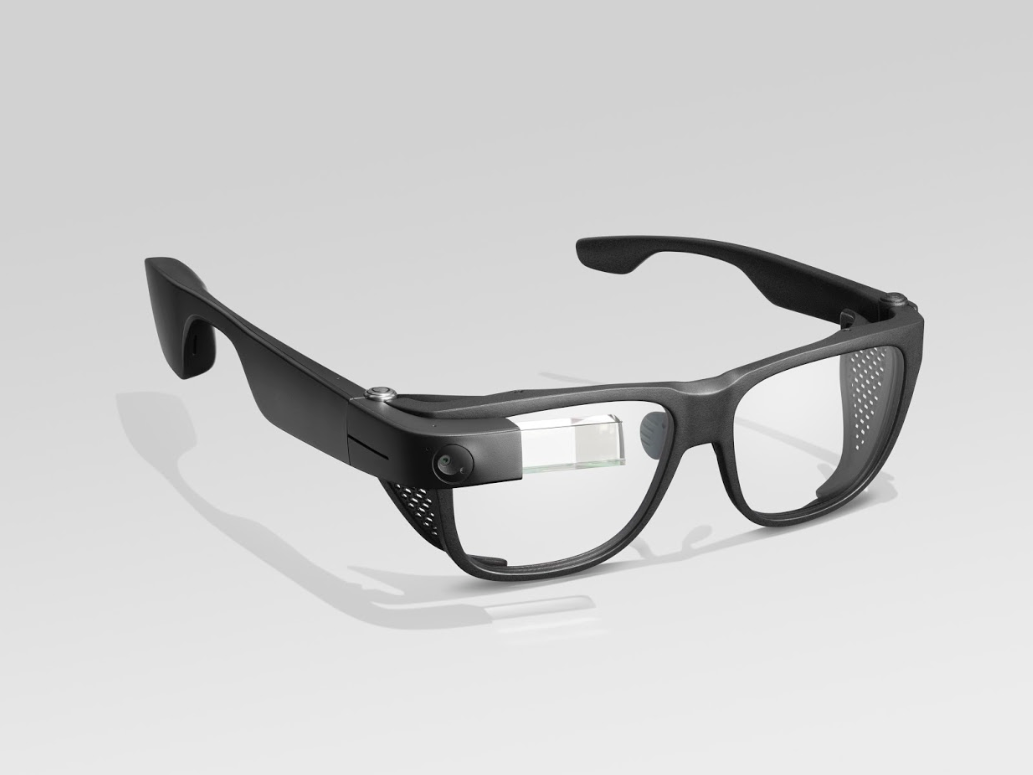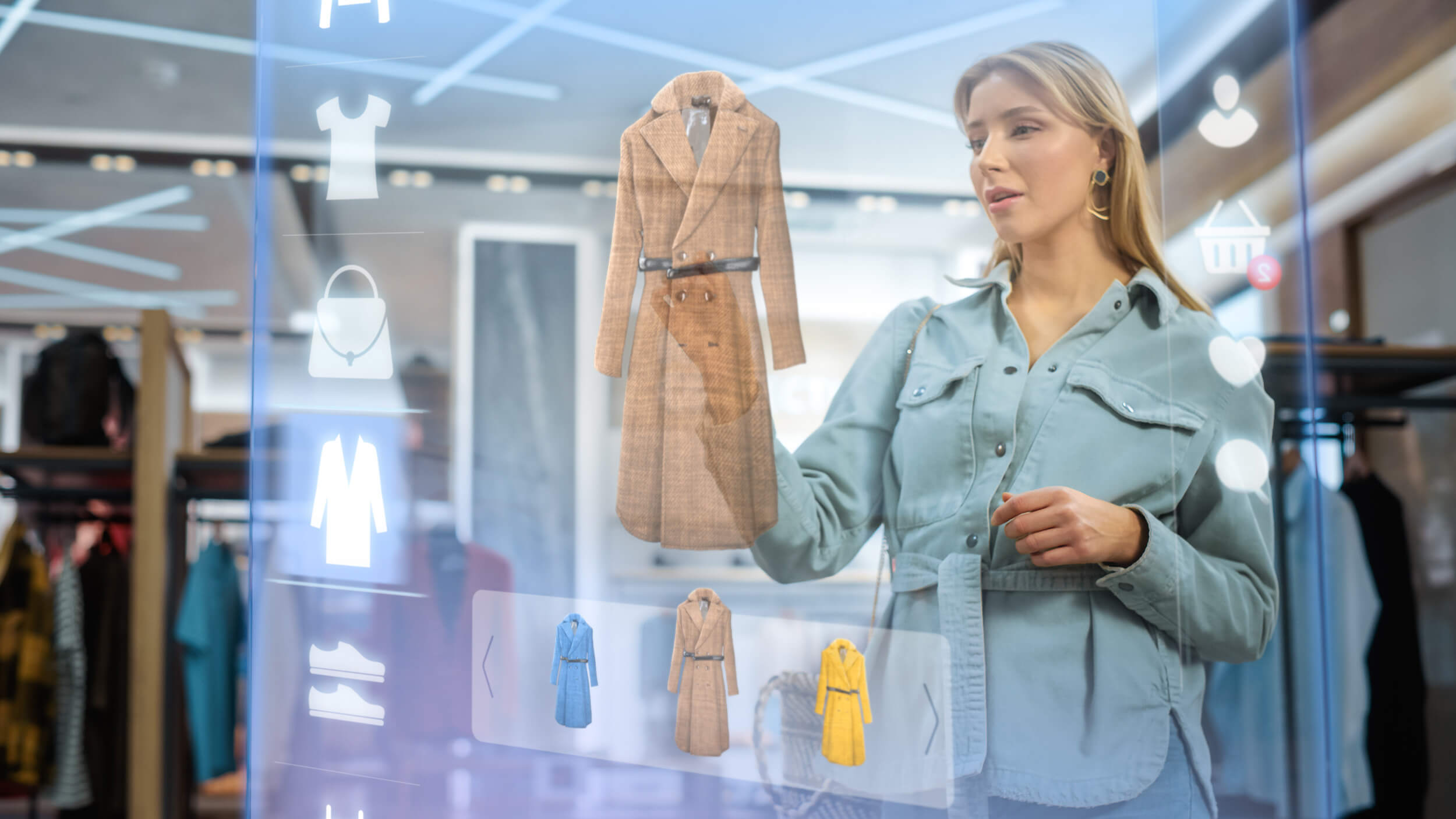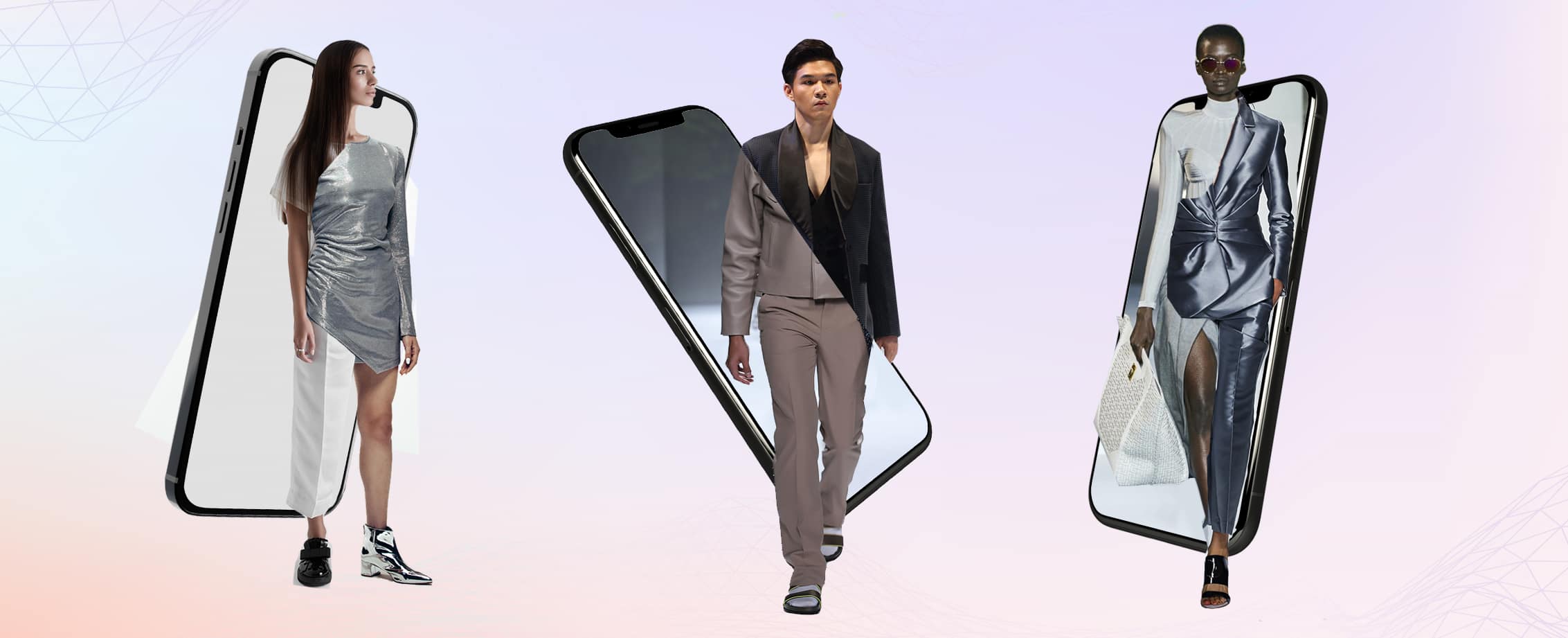Will the fashion crowd buy Google's smart glasses? | Vogue Business
Google is — once again — betting on smart glasses. On Tuesday, the tech giant announced three partnerships with eyewear brands: Kering Eyewear, Warby Parker, and South Korea’s Gentle Monster. The brands will fuse their products with Google’s tech, including artificial intelligence functions and augmented reality. The smart glasses will be based on Google’s Android extended reality operating system and will enable users to interact with Google Gemini hands-free. The product is expected to debut post-2025, offering both prescription and non-prescription lenses.
Big Tech companies are in a race to create the best pair of smart glasses for a market that hasn’t fully embraced them yet. They need to be functional but inconspicuous, add enough value that a phone or smartwatch can’t provide, and strike the right balance of techy and approachable. Google, as we know, has tried this before. Google Glass was released in 2013 before it was scrapped two years later. More than a decade on, tech companies are trying to fill the smart glasses void. Meta is leading the charge, with its most recent iteration of smart Ray-Ban glasses. Apple, Amazon, and Snapchat have also been racing to take their slice of the pie.

The Competition for Smart Glasses
“Every major tech player is now chasing the same holy grail: a wearable device so powerful, so stylish and so intuitive that it becomes the one thing you never leave home without,” says Matthew Drinkwater, head of the Fashion Innovation Agency at London College of Fashion. “The real competition is for relevance, for who can create a product that feels inevitable, not optional. The more players that enter the field, the faster we’ll get to that culturally defining moment where smart glasses move from curiosity to necessity.”
Challenges and Innovations
If Google gets it right, its smart glasses could be just as technologically advanced as Apple’s Vision Pro headset, but as stylish and wearable as the Ray-Ban Meta glasses. The question is: will it work? Google Glass failed because its futuristic design wasn’t wearable, the camera quality was dubious, concerns about the ability to record others without their consent caused public backlash, and consumers at the time felt that the $1,500 price tag was too high for a product that had little practical use.
“Timing, fashion, and context all worked against Google Glass, but so much has changed since that moment,” says Drinkwater. “We’re far more ready now for a new wave of wearable technology.” Google’s latest iteration seems to be a more consumer-friendly attempt. The hope is that partnering with eyewear specialists like Kering Eyewear, Warby Parker, and Gentle Monster will enhance the design and appeal of the glasses.

The Role of AI in Smart Glasses
There’s also the benefit of modern AI capabilities, which should provide more tangible benefits to the wearer (such as real-time assistance and translation delivered via Gemini AI integration). Drinkwater predicts innovation around voice interaction, computer vision, miniaturization, and design will heat up as competition grows.
Market Impact and Consumer Response
Google’s version will need to match up to Meta, whose smart glasses partnership with Ray-Ban has been one of the first budding success stories in the space. Since launching in October 2023, over two million units have been sold, Ray-Ban owner EssilorLuxottica’s CEO Francesco Milleri said during the company’s Q4 2024 earnings call. The product is popular partly because it doesn’t stray too far from the typical look of a pair of sunglasses.
Future of Smart Glasses
Google’s augmented reality proposition could be a game-changer. While AI improves the device’s ability to understand and respond to the wearer’s surroundings and actions, AR would overlay information. In fashion, this could be used in retail, content creation, and digital communication.
Comparison with Apple and Market Dynamics
Yang Wei, associate professor at Nottingham Trent University, who leads its Smart Wearable Research Group, predicts that Google’s smart glasses will be more high tech than Meta’s — more akin to the Apple Vision Pro. This isn’t a guaranteed win, though, as Apple’s device has primarily been adopted by tech consumers and gamers given the steep price point ($3,499), immersive experiences, and spatial computing features.
Consumer Preferences and Price Points
The success of Google’s smart glass also depends on the price point, which Google has yet to announce. “If Chanel sunglasses are £700, why would I spend over a thousand on smart glasses?” says Wei. “If you push the price too high, consumers won’t accept it. Consumers might not even see the benefit of having the tech. They might think, ‘Why would I pay that much when I could spend just a few hundred on an Apple Watch?’”

Fashion and Technology Integration
Regardless of which tech giant wins the smart glasses market, fashion is likely to win alongside. “It’s very difficult to develop something on your own. If your USP is a high-tech version of smart glasses, you can move on your own, but for most you’ve got to have a wearable element to justify your viability,” says Wei.




















